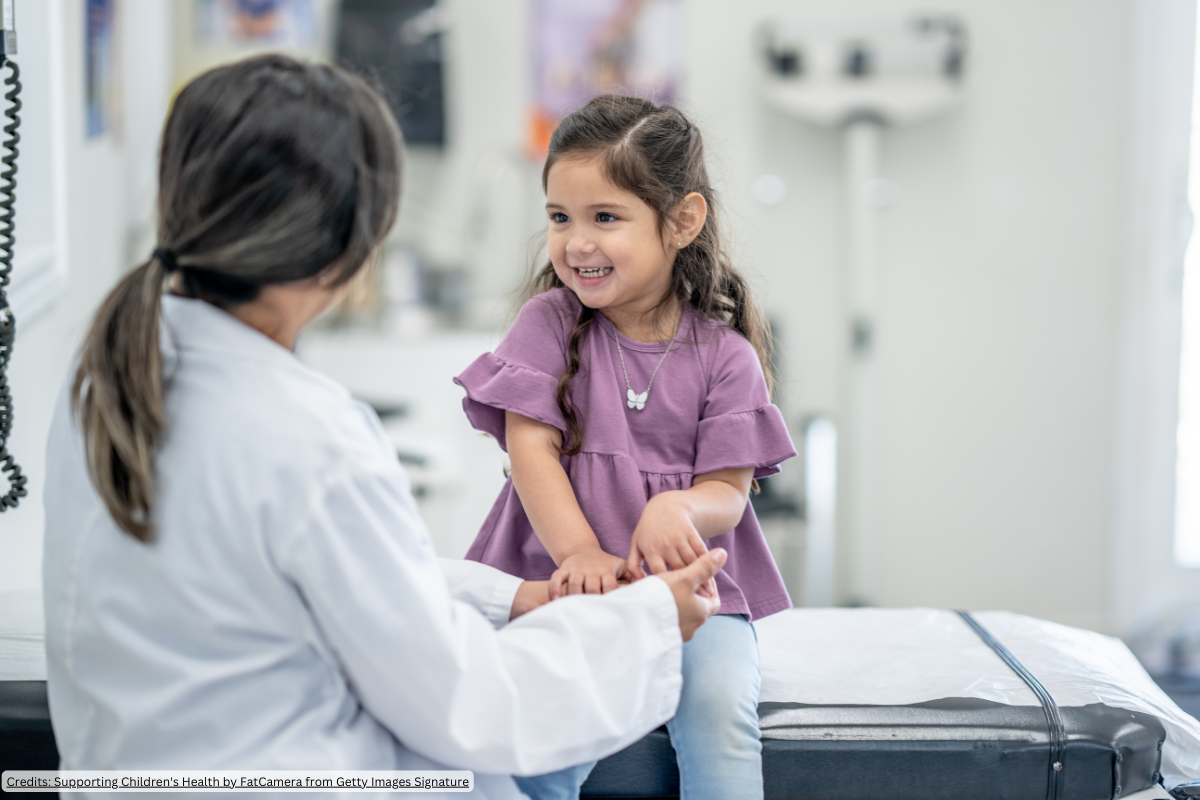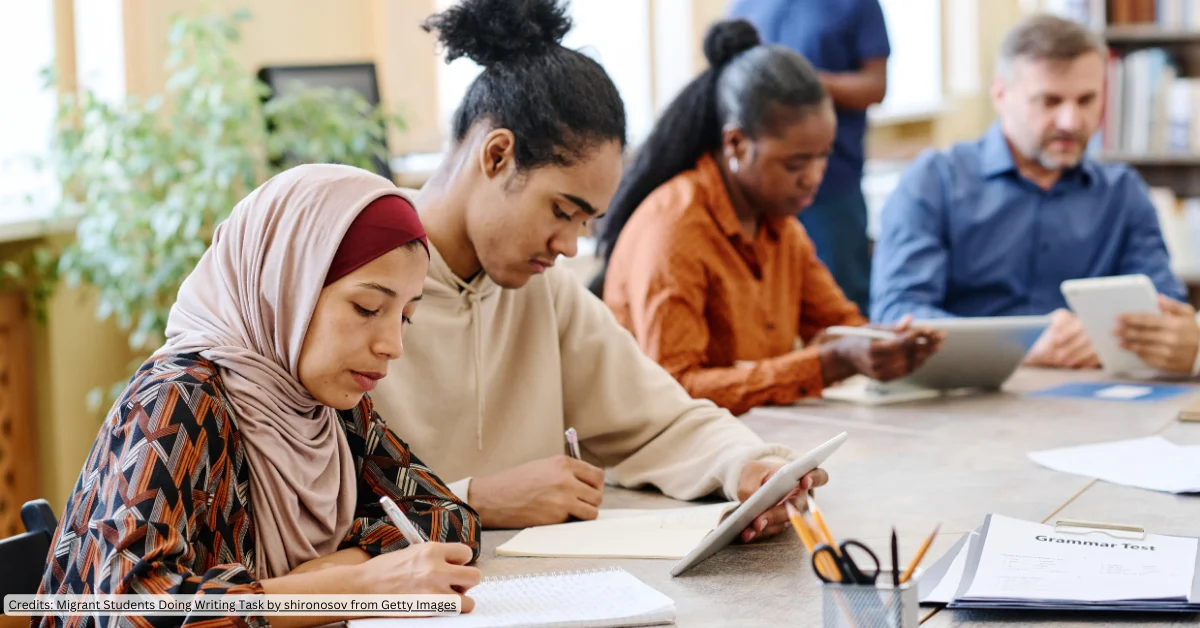Victoria is a step closing to eliminating cervical cancer by 2030 with the announcement of Cancer Council Victoria’s ‘Eliminating Cervical Cancer Fund’ today, with $3 million already committed to help achieve the goal.
Cancer Council Victoria has dedicated $2 million to the Fund, and Freemasons Foundation Victoria have partnered in the project and committed $1 million which will go towards supporting research, community engagement activities, advocacy, and communications and media campaigns to accelerate progress towards eliminating cervical cancer and to address inequities in priority populations.
Todd Harper, CEO of Cancer Council Victoria said the elimination of cervical cancer as a public health problem is a priority for the organisation.
“Victoria could be one of the first jurisdictions in Australia to eliminate cervical cancer by 2030, given we have one of the lowest cervical cancer incidence and mortality rates,” Harper said.
In 2019, 218 Victorians were diagnosed with cervical cancer, and 48 lost their lives to the disease. Globally, however, cervical cancer is the fourth most common cancer among women. In 2018, there were 570,000 new cervical cancer cases and 311,000 deaths worldwide with
nearly 90% of these deaths occurring in low- and middle-income countries.
“Cancer Council Victoria has played a long-standing role in encouraging women and people with a cervix to take part in cervical screening and encouraging parents and guardians of teenage boys and girls to consent to them receiving the HPV vaccine. This has included a
variety of mass media campaigns and community engagement work, with particular emphasis on reaching unscreened and under-screened populations,” Harper said.
“The success we have achieved in the past, as well as the promise for the future, has been a great showcase for how organisations like Cancer Council can work with other researchers, partners and governments in Australia and around the world to improve health outcomes. We hope that our commitment and leadership in this space will inspire others to prioritise the eliminations of cervical cancer.”
Harper said that Cancer Council cannot make bold steps forward like eliminating cervical cancer alone. “We would like to sincerely thank Freemasons Foundation Victoria for their generous contribution and commitment to helping us achieve this goal.”
Rodney Lavin, Chairman of Freemasons Foundation Victoria, said assisting Cancer Council Victoria to eliminate cervical cancer aligns strongly with their mission to contribute to a stronger and healthier Victoria.
“We are proud to be supporting the important goal to eliminate cervical cancer within a generation, and to be partnering with a proven leader like Cancer Council Victoria. If successful, Victoria would be the first jurisdiction in the world to eliminate this horrible cancer. We are passionate about tackling inequities and about better health outcomes for all, which is exactly what this work aims to deliver for all Victorians.”
Kate Broun, Head of Cancer Screening, Early Detection and Immunisation at Cancer Council Victoria, said that while significant gains have been made in Victoria, disadvantaged population groups are still dying disproportionately, including Aboriginal and Torres Strait Islanders, those from migrant and/or refugee backgrounds, women and people with a cervix with disabilities and those experiencing socioeconomic disadvantage.
“Women and people with a cervix from priority communities face a range of barriers to accessing screening, immunisation and timely treatment. We have now started tackling breaking down these barriers in Victoria. We don’t want cervical cancer to become a disease of the disadvantaged.”
Broun said that only 53% of eligible Victorians are taking part in cervical screening, and 83% of Victorian girls and 74% of Victorian boys are fully vaccinated against HPV.
“Worryingly, screening and HPV immunisation rates are even lower in some priority communities. It’s important that we eliminate cervical cancer equitably. Aboriginal and/or Torres Strait Islanders and those from some culturally diverse backgrounds have higher rates of pre-cancer and invasive cervical cancer. Additional and targeted efforts within a framework of self-determination are needed to work with these communities to address barriers to screening. We need new tactics to continue to move the dial, and the option we now have available for never screened and under-screened women and people with a cervix aged 30 and over to self-collect for HPV is a significant tool to fast track us to eliminating cervical cancer equitably.”
According to the World Health Organisation (WHO), to eliminate cervical cancer, jurisdictions must reach and maintain an incidence rate of below four per 100,000 women.
Related: Ovarian cancer research to get $1M boost from foundation
Lourdes Antenor is an experienced writer who specialises in the not-for-profit sector and its affiliations. She is the content producer for Third Sector News, an online knowledge-based platform for and about the Australian NFP sector.
- Lourdes Antenorhttps://thirdsector.com.au/author/lourdes-antenor/
- Lourdes Antenorhttps://thirdsector.com.au/author/lourdes-antenor/
- Lourdes Antenorhttps://thirdsector.com.au/author/lourdes-antenor/
- Lourdes Antenorhttps://thirdsector.com.au/author/lourdes-antenor/











